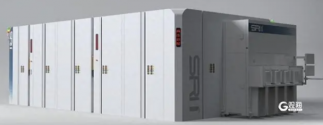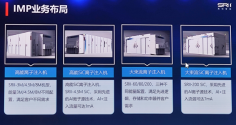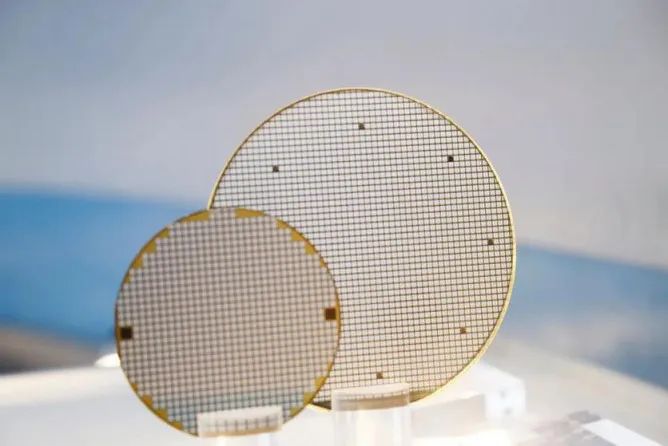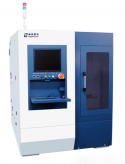Van der Waals quaternary oxides for tunable low-loss anisotropic polaritonic
AbstractThe discovery of ultraconfined polaritons with extreme anisotropy in a number of van der Waals (vdW) materials has unlocked new prospects for nanophotonic and optoelectronic applications. However, the range of suitable materials for specific applications remains limited. Here we introduce tellurite molybdenum quaternary oxides—which possess non-centrosymmetric crystal structures and extraordinary nonlinear optical properties—as a highly promising vdW family of materials for tunable low-loss anisotropic polaritonics. By employing chemical flux growth and exfoliation techniques, we successfully fabricate high-quality vdW layers of various compounds, including MgTeMoO6, ZnTeMoO6, MnTeMoO6 and CdTeMoO6. We show that these quaternary vdW oxides possess two distinct types of in-plane anisotropic polaritons: slab-confined and edge-confined modes. By leveraging metal cation substitutions, we establish a systematic strategy to finely tune the in-plane polariton propagation, resulting in the selective emergence of circular, elliptical or hyperbolic polariton dispersion, accompanied by ultraslow group velocities (0.0003c) and long lifetimes (5 ps). Moreover, Reststrahlen bands of these quaternary oxides naturally overlap that of α-MoO3, providing opportunities for integration. As an example, we demonstrate that combining α-MoO3 (an in-plane hyperbolic material) with CdTeMoO6 (an in-plane isotropic material) in a heterostructure facilitates collimated, diffractionless polariton propagation. Quaternary oxides expand the family of anisotropic vdW polaritons considerably, and with it, the range of nanophotonics applications that can be envisioned.







